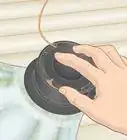X
wikiHow is a “wiki,” similar to Wikipedia, which means that many of our articles are co-written by multiple authors. To create this article, 16 people, some anonymous, worked to edit and improve it over time.
This article has been viewed 124,628 times.
Learn more...
Skid steer loaders are versatile machines for loading debris, moving dirt or rock, or smoothing the ground. Learning to operate them takes practice, and a large area of firm level ground.
Steps
-
1Choose a skid loader, either from a rental company or someone who will loan you one. There are a number of manufacturers and sizes, with variations between them, but you may want to start with a Gehl brand or something like it.
-
2Take time to look at the safety tips in the operator's manual. The skid loader turns quickly, tips over easily, and changes directions very suddenly![1]Advertisement
-
3Find a location like a field, or even a large, empty parking lot to practice in.
-
4Climb into the operator's seat, and take a look around. One thing you should notice is that the whole rear of the machine is a blind spot, since you are tucked away in a small compartment with machine wrapped completely around you.[2]
-
5Look at the controls. These may vary, but typically, there are two steering handles, one located on each side arm rest of the machine. These will each have control buttons for accessories, located on the tops or positioned like triggers on the forward side. Usually there is a diagram explain them on the console beside each stick, and now is the time to get an idea what they do, since when you are moving, pulling the wrong one or pushing the wrong button has immediate consequences!
-
6There should be a seat belt and rollover bar, like the one on amusement part rides that pulls down from over your head to secure you in the seat. Pull the bar down until it locks in place, and fasten your seat belt if it has one. If the machine doesn't have either feature, now is the time to get out of the machine and leave it alone![3]
-
7Locate the starter controls. The ignition is normally operated by a key similar to a car, but some have a starter button, and newer rental machines have a keypad you punch in a code on, but if you look around, you should be able to find where to start the engine.
-
8Start the engine, and look for a throttle handle. This will be a flat metal bar with a rubber grip, usually on the console to the right of the right arm rest with a slot to slide forward and backward in.[4] There is usually a turtle image on one end of the slot, and rabbit on the other; we will start most of this practice in the TURTLE position.
-
9Unlock the controls. Many machines have an accessory lock out system. There will be toggle switches near the instrument panel with lock symbols below them, and often the will have a red lamp on when the switch is off, green when it is on. You will have to toggle the control switch to on to be able to begin operating the machine. This could involve buckling the seat belt or flipping a switch.[5]
-
10Move the bucket or front attachment up off the ground. This will mean pulling one of the control levers, or joysticks, in, toward the center of the machine, for instance, you will lean the left hand stick to the right, and this is usually the stick that raises and lowers the bucket. Because these joysticks have multiple functions, be care full not to move them diagonally, but either move straight right or left, or straight forward/backward! Also, some Case machines use your joysticks to control driving the machine and foot pedals to control boom lift and tilt control.
-
11Raise the attachment high enough to get a clear view of what is in front of you, set it down; raise it again, to get a feel for the movement of it. If the left stick raises the bucket, the right stick will change the position of it. By leaning the right lever to the left, you will raise the front of the bucket in a scooping motion, and by going to the right with the right stick, you will dump it. Raise and lower the bucket, scoop and dump it, and get a feel for its motion.[6]
-
12Push slowly ahead, or forward on the control sticks. The machine will move forward, and if the throttle is in the idle, or turtle position, and you move each stick slowly and at the same speed, you will move smoothly in a straight line. When you pull back on the control levers, you will back up, and here you should remember, you have very little view of what is behind you!
-
13Move the joysticks independently of one another. Pushing only the right stick will steer the machine to the left. Pushing on the left lever will steer the machine right. If you hold one lever forward, the machine will pivot in a circle the direction the tracks or tires are pushing it, while the stationary side "skids", hence the name skid steer.
-
14Practice moving the levers forward, then backward smoothly with the bucket in at a safe height in an open area until you have the feel of the machine and the controls. By moving one lever forward, and the other backward, you can spin the machine around in a circle the width of the machine.
-
15Drive the machine until you are comfortable with the steering operation, then approach a pile of material to practice using the loader bucket.
-
16'Stop the machine just before you get to the pile of material, and lower the bucket to the ground with the front edge level. Drive forward, pushing the loader into the pile of material, and roll the bucket back to scoop a load, stopping the forward motion as the bucket reaches the full back scoop position, back up, and raise the bucket to a safe carrying height. You may want to scoop the material, back up, and pull ahead and dump it back in the pile to practice. There is no "voila!, I have it!" to this step. The more you use the machine, the better you will get, but it takes many hours of operation to get good at it.
-
17Park the machine, always set the buck down flat on the ground, and turn it off. Remove the seat belt and restraining bar, and exit the operator's compartment.
Advertisement
Community Q&A
-
QuestionHow do I use the middle foot pedal on a 610 bobcat?
 Community AnswerThis is usually a parking brake, sometimes used to control aux hydraulics for certain attachments. If it's the latter, pushing the pedal will do nothing without hoses from the attachment being hooked up.
Community AnswerThis is usually a parking brake, sometimes used to control aux hydraulics for certain attachments. If it's the latter, pushing the pedal will do nothing without hoses from the attachment being hooked up. -
QuestionCould I have damaged something leaving my Lx665 running while I unhooked the seatbelt and got out to load some bricks in the bucket?
 John822Community AnswerNever exit the skid loader with the engine running. You also should be wearing your seatbelt for safety.
John822Community AnswerNever exit the skid loader with the engine running. You also should be wearing your seatbelt for safety. -
QuestionHow fast should the engine run?
 Community AnswerNever run the engine full throttle when exploring how it operates, 1/3 throttle will be much safer.
Community AnswerNever run the engine full throttle when exploring how it operates, 1/3 throttle will be much safer.
Advertisement
Warnings
- Do not operate on steep inclines or loose material.⧼thumbs_response⧽
- Make sure your loader is equipped with an accessible fire extinguisher.⧼thumbs_response⧽
- Take as long as needed to familiarize yourself with the operator's manual of the machine.⧼thumbs_response⧽
- Start slowly, the machine is extremely powerful and dangerous.⧼thumbs_response⧽
- Keep children away and off of the machine.⧼thumbs_response⧽
- Do not ever operate a skid loader without safety belts and a backup alarm or warning bell.⧼thumbs_response⧽
- Do not operate or carry loads with the bucket lifted high in the air. These machines tip over easily.⧼thumbs_response⧽
Advertisement
References
- ↑ https://agsafety.osu.edu/sites/agsafety/files/imce/OSU%20CFAES%20Skid%20Loader%20Operator%20Training%202014.pdf
- ↑ https://www.youtube.com/watch?v=S3YxHKu-b8I
- ↑ https://youtu.be/6crRApG1RAo?t=200
- ↑ https://www.mylittlesalesman.com/news/how-to-operate-a-skid-steer
- ↑ https://www.youtube.com/watch?v=S3YxHKu-b8I
- ↑ https://youtu.be/6crRApG1RAo?t=340
- https://www.cdc.gov/niosh/docs/98-117/default.html
About This Article
Advertisement
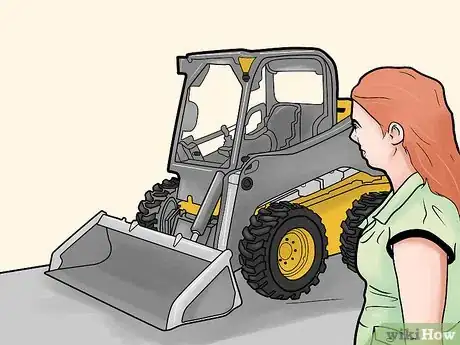
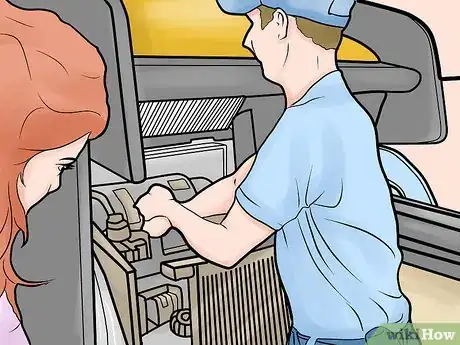
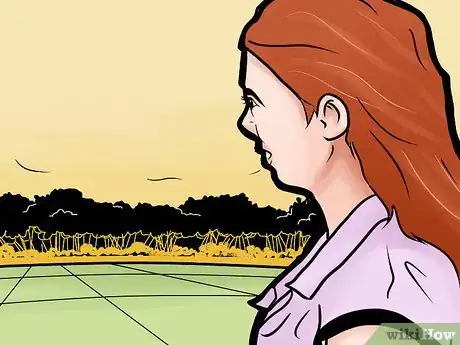
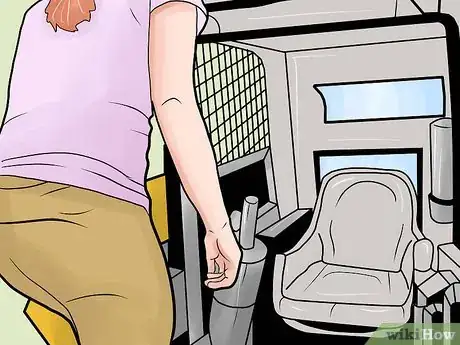
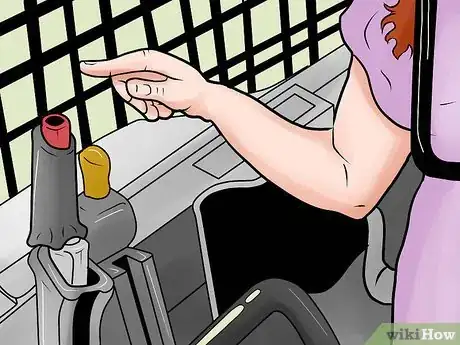
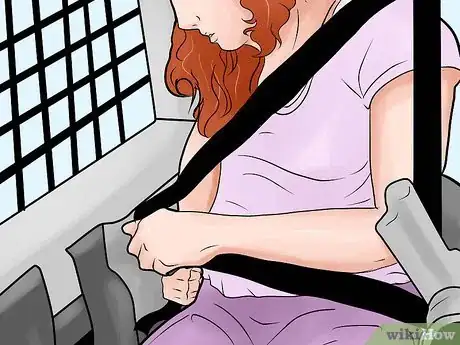
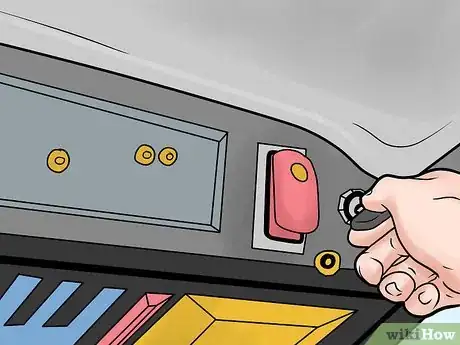

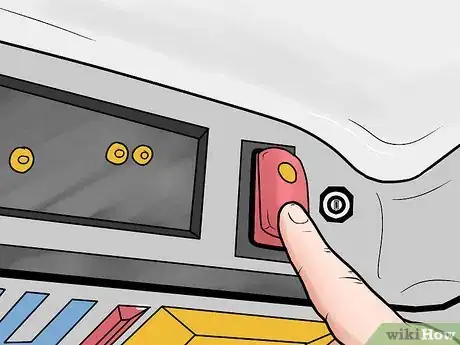

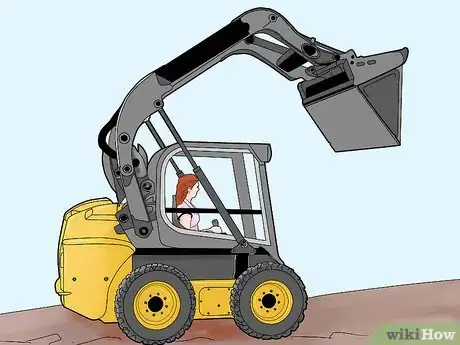
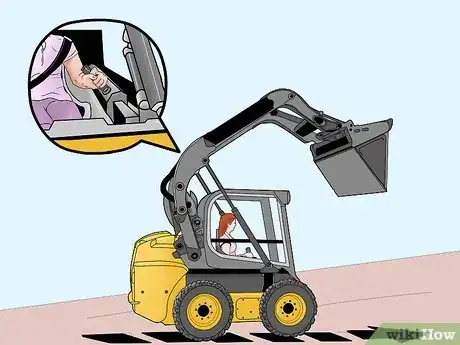
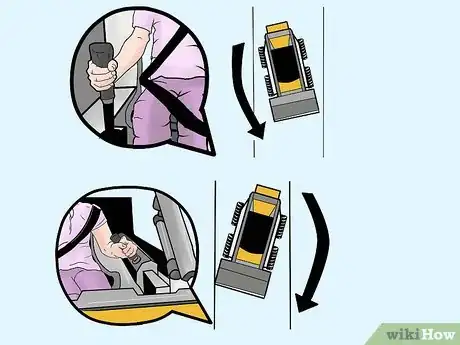
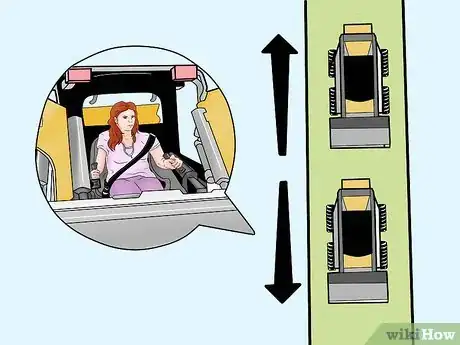
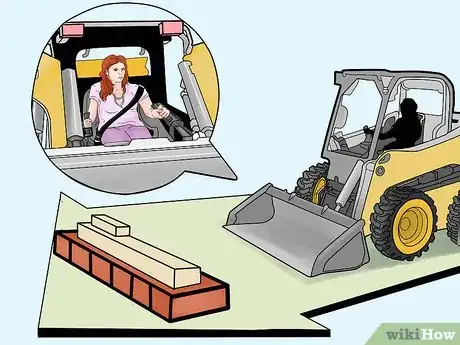
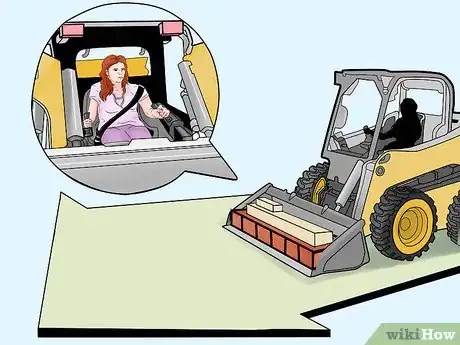
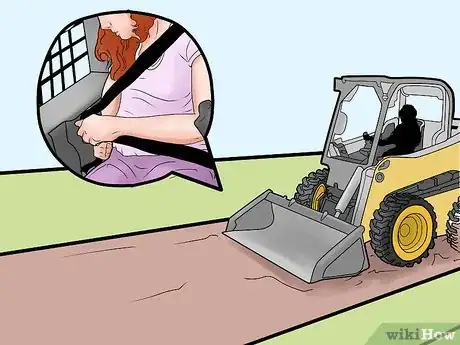
-Step-18.webp)
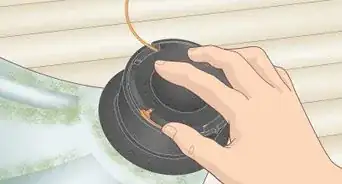


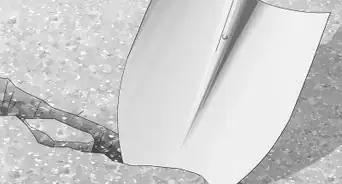

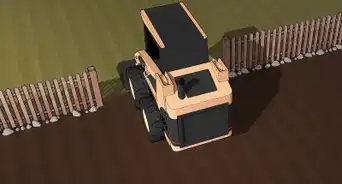
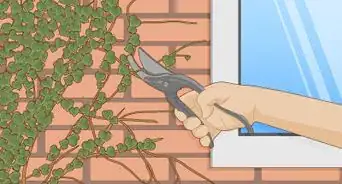
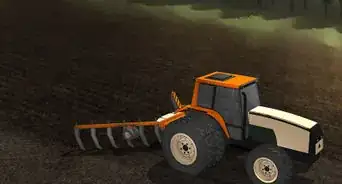
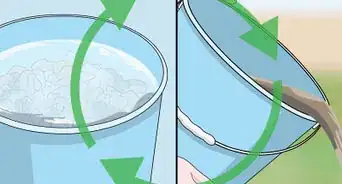

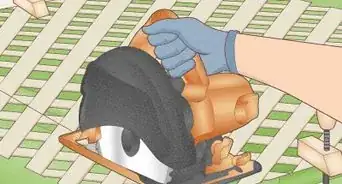
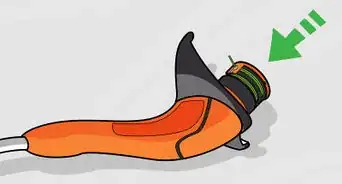







-Step-18.webp)
